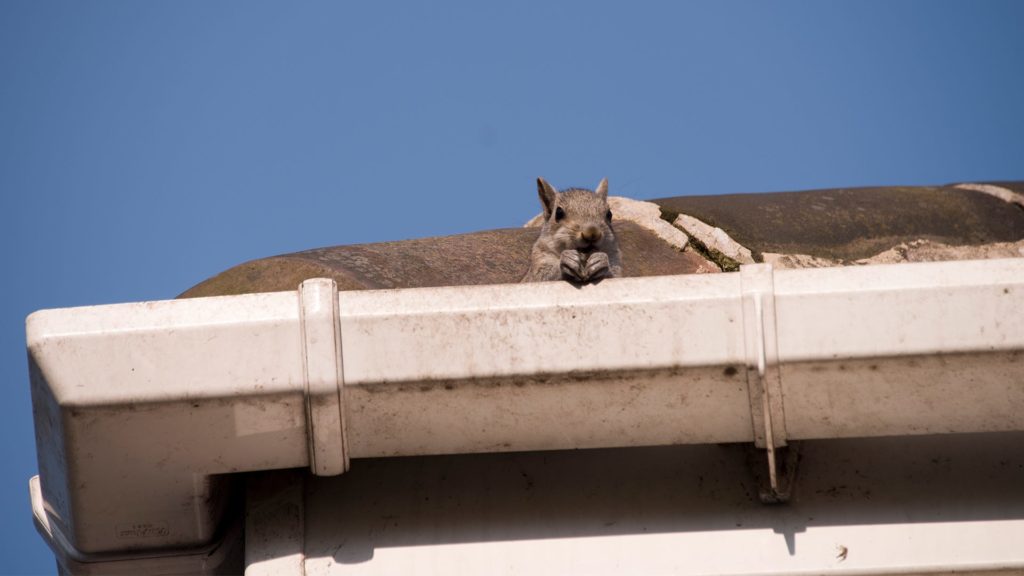Nuisance wildlife season is drawing near, and it’s got more and more homeowners are worried about how they can protect their homes against wildlife invasions. In truth, there are several things you can do to reduce the risk of attracting wild animals to your property.
One such thing can be eliminating all readily available sources of food, such as fallen fruit in the garden, pet bowls, easily toppled trash cans, and so on. If there isn’t a constant source of food and water, then your property already becomes less desirable to wild animals.
Other things you should do to prepare your home for nuisance wildlife season is inspect the property for potential animal entry points. This also works to figure out if there is a wild animal on your property now, as this inspection will also lead you to discover entry holes.
What are animal entry points?
During the passage of time, it is natural for your home to be affected in various ways, which leads to the appearance of holes and cracks along the walls, window structures, roof, and so on. Although these holes may appear small, they’re often just big enough to allow small animals like bats, squirrels, snakes, rats, and other such wildlife, to squeeze through, and move in with you.
How to inspect your home for entry holes:
It’s important to focus a lot of your attention on rooms of the house that are particularly prone to wildlife invasions. Rooms like the attic or the basement are often used for storage, and provide an ideal, dark and protected nesting ground for wild animals, which is why it’d be wise to start your inspection here. Remember that wildlife removal services, like Wildlife X Team New Hampshire, also perform such inspections of your home, and may often pick up on clues you missed.

But if you are content to do it yourself, here’s how:
So go up into the attic, wearing adequate protection. Since it’s not uncommon to discover a nest of wild animals living on your property without your knowledge, it’s best to err on the side of caution. You might want to wear long sleeves, rubber boots, and gloves, and maybe even a face mask (in case there are animal droppings on the premises).
Speaking of which, that’s precisely what you’ll be looking for – wild animal droppings, as well as bits of fur, and nesting materials will alert you to the presence of a wild animal on your property, and implicitly, of an entry hole.
If you spot no obvious signs of a wild animal living directly on your property, begin inspecting the walls of the attic. Be patient and dedicate enough time to every bit of wall. Remember that a hole might appear insignificant to you, but it may often be enough for a wild animal to squeeze through.
Don’t overlook window structures, and don’t skip the roof inspection, if you want to ensure your home is safe from wild animals. Make sure that you bring a flashlight, which will allow you to inspect the walls, and roof, more thoroughly.
What to do in case of an entry hole?
If you do discover an entry hole, and signs of a wild animal’s presence, your best bet would be to call a wildlife removal service. If you only discover the entry hole, but no signs of a wild animal, you will want to seal the hole as swiftly as possible.
Make sure you use material that can’t be chewed or clawed through, like wire mesh, when sealing the hole.






